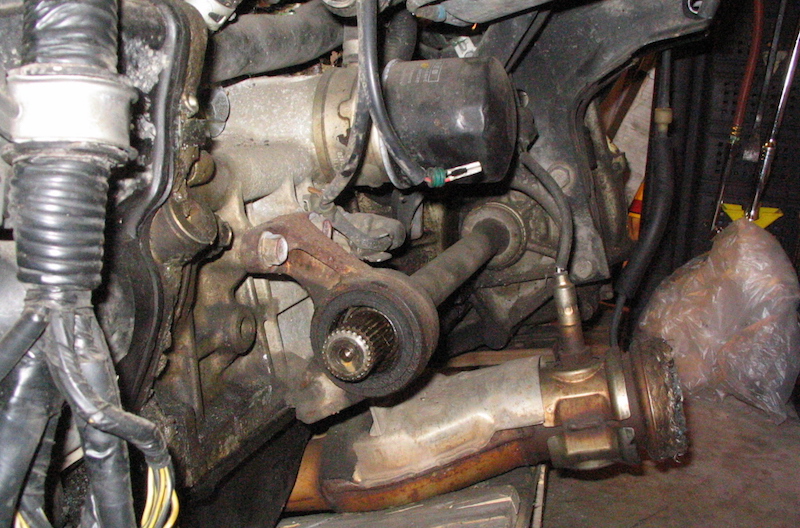There are dozens of sensors in your vehicle's drivetrain, each with a different function and a different set of symptoms should the sensor fail.
People tend to get the crankshaft sensor and camshaft position sensor confused—probably because the terminology is so similar—but they have separate functions and separate symptoms when they fail. So let's dive into the camshaft position sensor...

Source | Teresa Trimm/Flickr
What Does the Camshaft Position Sensor Do?
The cam position sensor is a crucial part of engine-management electronics. As the camshaft spins, the sensor's readings inform the engine-control computer of engine speed and RPMs. The computer then uses this signal to help set timing, synchronize the fuel injectors, and manage pulses to the engine's ignition system.
The cam position sensor is typically located at the cylinder head or engine block. The crank position sensor, on the other hand, is usually mounted on the engine's front cover or engine block, with a cylindrical portion that's inserted into the block. It's a Hall effect sensor design, with a toothed rotating part that disrupts a magnetic field as it spins, which determines the signal sent to the engine computer. These parts typically fail due to corrosion on the electrical connectors or exposure to high heat.
Symptoms of a failing cam sensor
- A failed cam position sensor will register a trouble code and light the check-engine light (CEL). The trouble code is P0340, although other trouble codes may be stored as well.
- Misfiring, rough running, surging, poor idle, stalling
- No-start condition, as the cam position sensor is tied in with the ignition system on many vehicles
- Poor acceleration and a top speed of only 35-40 mph
- Jerking and bucking at a steady speed
- Some makes/models may also experience a "locked-up" transmission that won't shift out of a certain gear. In some instances, stopping and restarting the engine will remedy this, but only temporarily.
Diagnosis and Repair
First, make sure that the battery cable connections are tight and free of corrosion. This may seem obvious, but remember that the engine computer and all the sensors need a steady voltage from the battery, and a disruption in voltage or amperage can be enough to cause all kinds of off-the-wall problems. Don't discount the obvious!
Check the lead to the camshaft position sensor and make sure its connector is tight and free of corrosion. Check the wiring and any connectors for burned or bare spots, and check the relay center and fuse box, as well. If everything checks out, your P0340 trouble code should point you straight to the sensor. You can use your repair manual and a multimeter to check the sensor. In many cases, this is an inexpensive part and can just be replaced.








